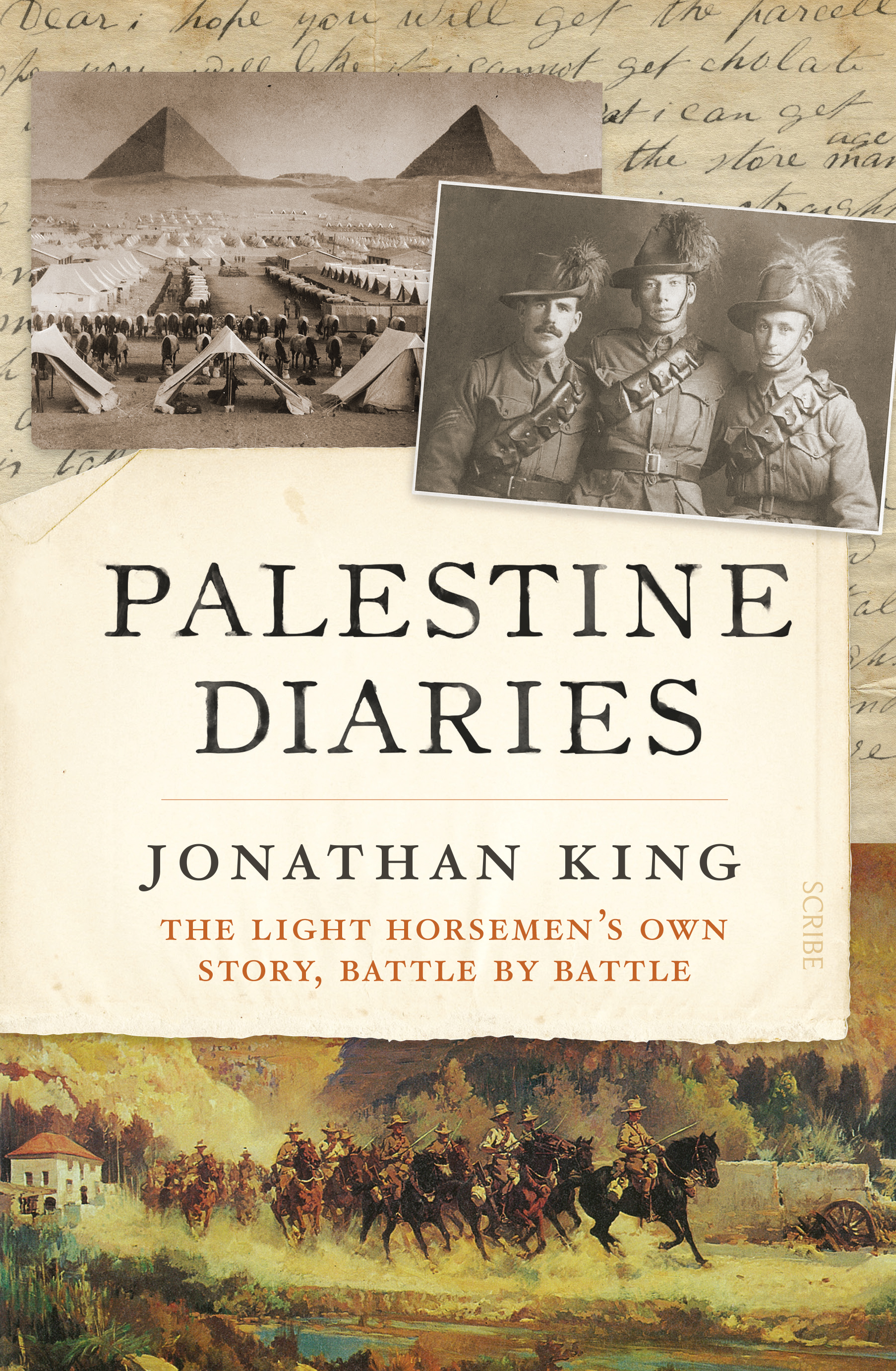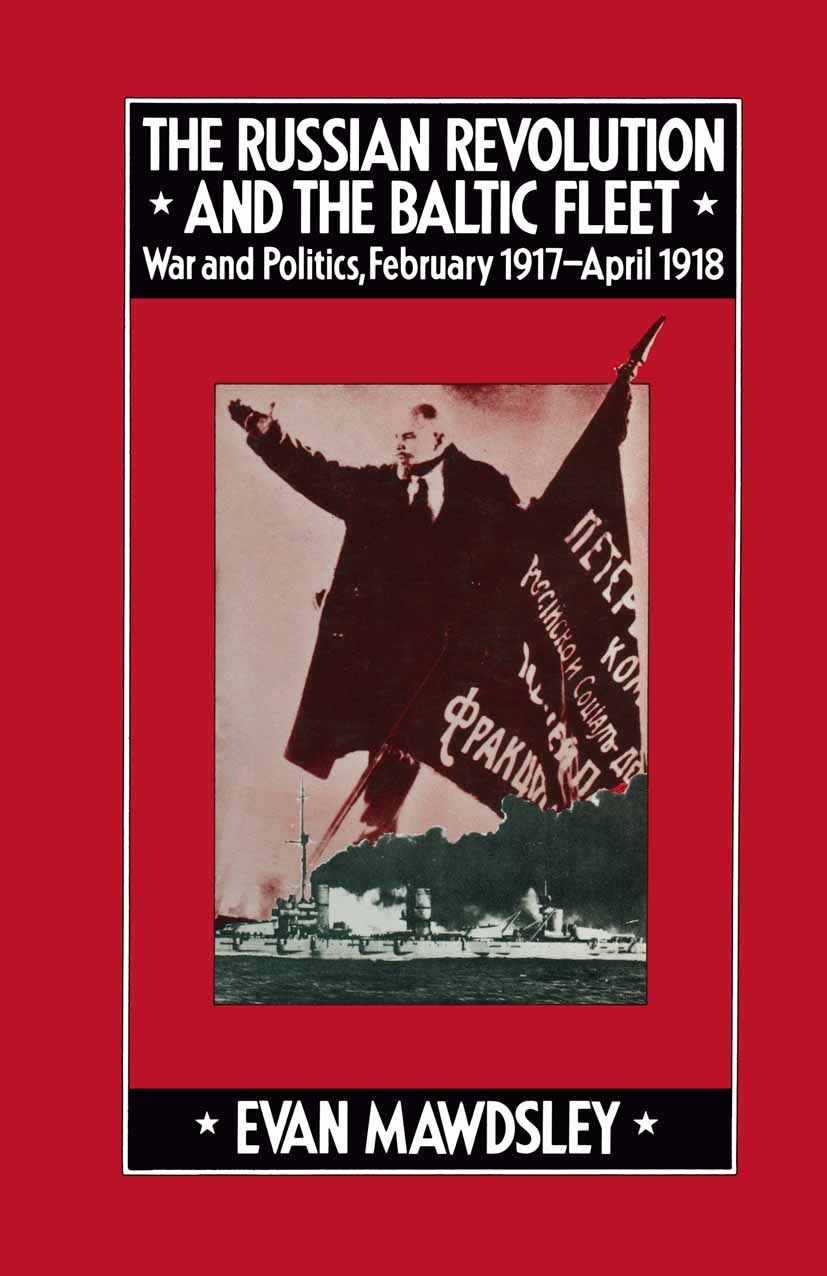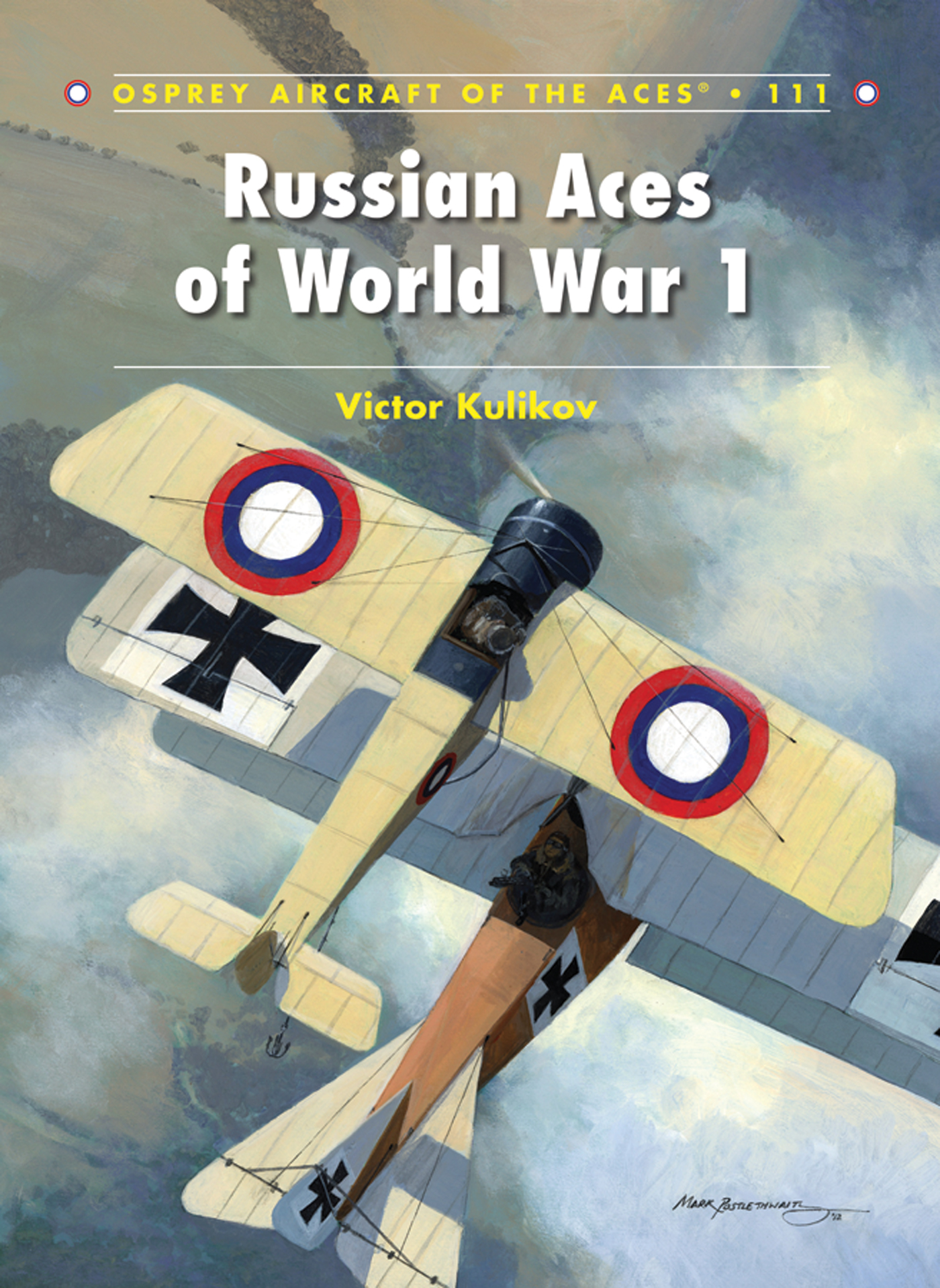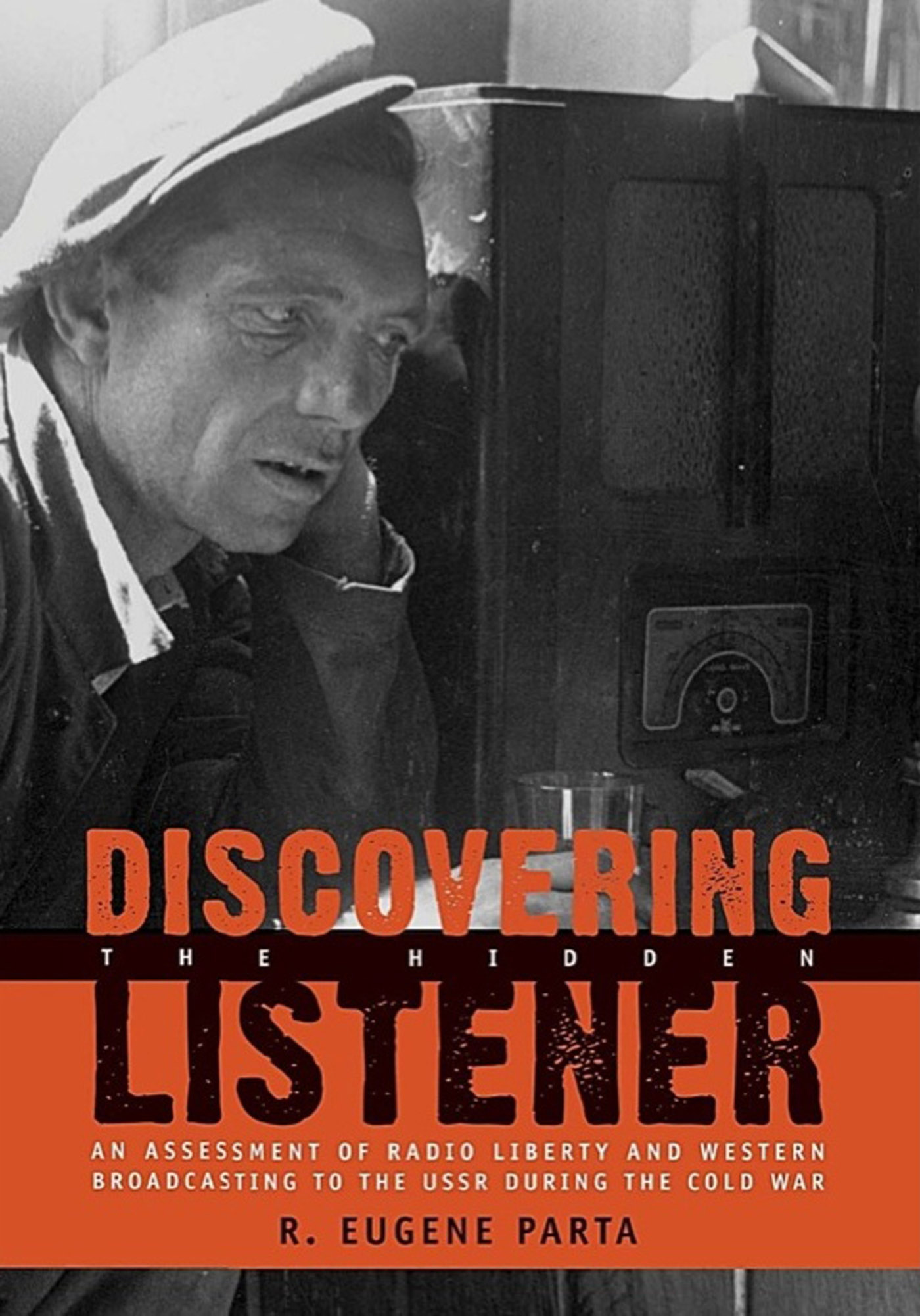Zeppelin Onslaught
At the outbreak of the First World War, the United Kingdom had no aerial defense capability worthy of the name. Britain had just thirty guns to defend the entire country, with all but five of these considered of dubious value. So when raiding German ...
Read more
At the outbreak of the First World War, the United Kingdom had no aerial defense capability worthy of the name. Britain had just thirty guns to defend the entire country, with all but five of these considered of dubious value. So when raiding German aircraft finally appeared over Britain the response was negligible and ineffective. Of Britains fledgling air forces, the Royal Flying Corps had accompanied the British Expeditionary Force into Europe leaving the Royal Naval Air Service to defend the country as best it could. That task was not an easy one.From the first raid in December 1914, aerial attacks gradually increased through 1915, culminating in highly damaging assaults on London in September and October. London, however, was not the only recipient of German bombs, with counties from Northumberland to Kent also experiencing the indiscriminate death and destruction found in this new theater of war the Home Front. And when the previously unimagined horror of bombs falling from the sky began, the British population was initially left exposed and largely undefended as civilians were killed in the streets or lying asleep in their beds. The face of war had changed forever and those raids on London in the autumn of 1915 finally forced the government to pursue a more effective defense against air attack.This German air campaign against the United Kingdom was the first sustained strategic aerial bombing campaign in history. Yet it has become the forgotten Blitz.In Zeppelin Onslaught Ian Castle tells the complete story of the 1915 raids in unprecedented detail in what is the first in a planned series of three books that will eventually provide a complete history of Britains Forgotten Blitz of 1914–18.
Less


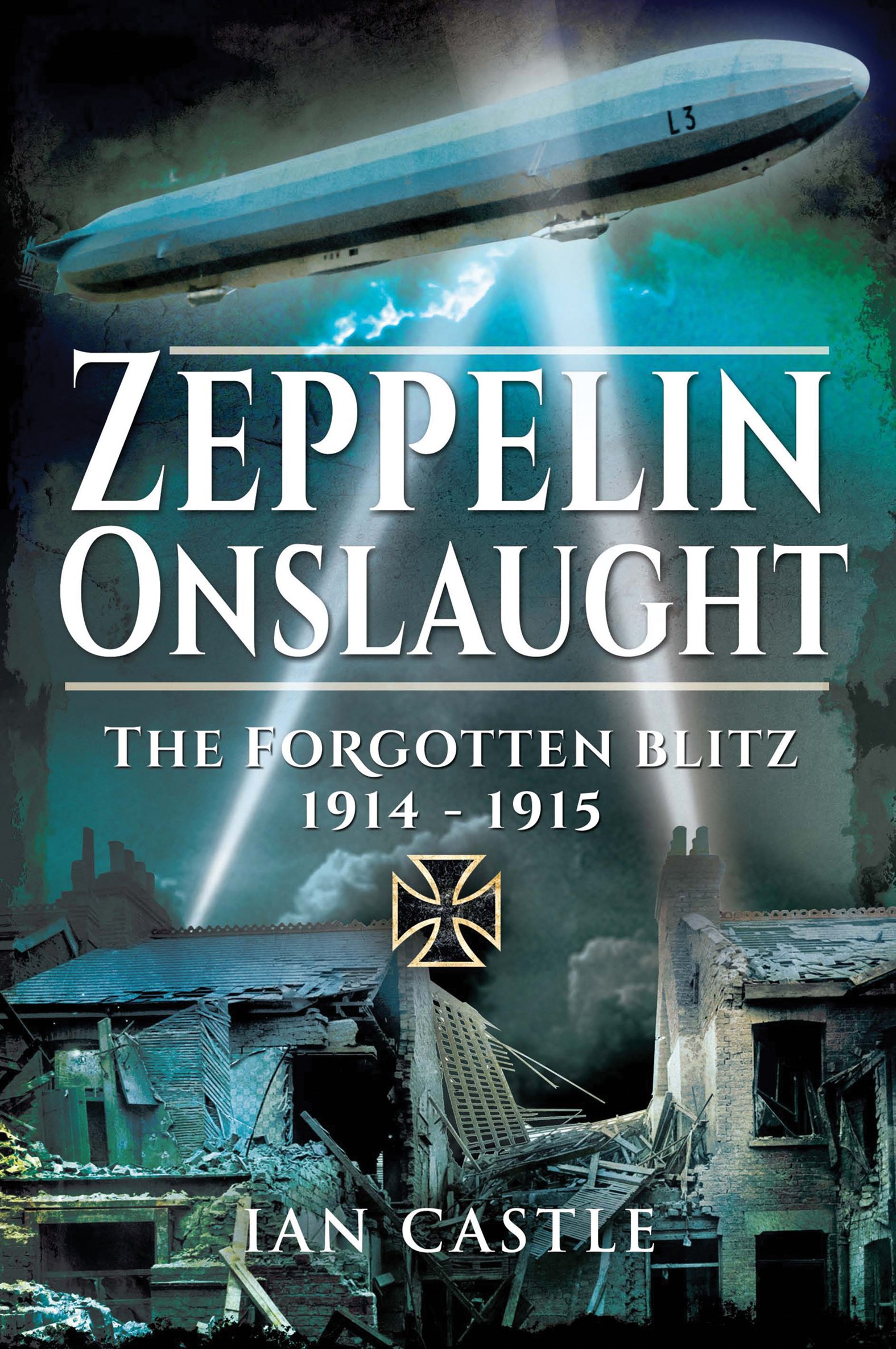

.jpg)











